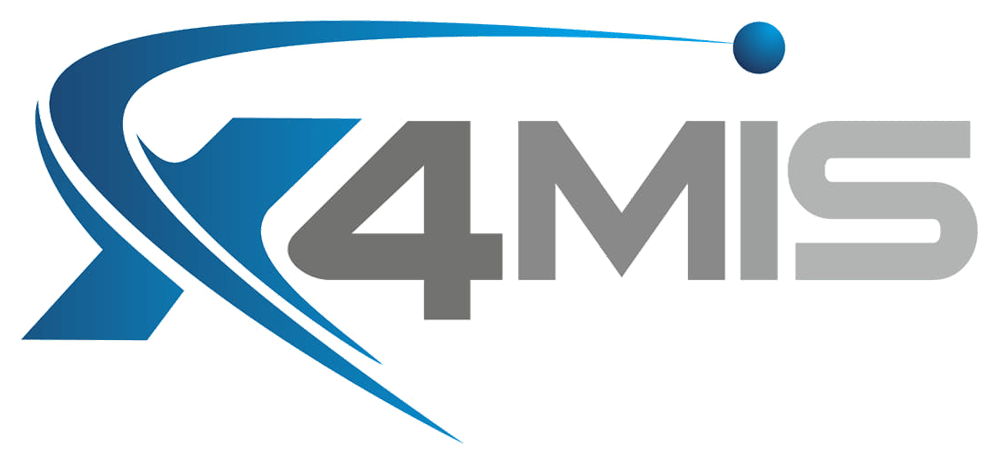Plan User Training
About training and development
Written by: Austin Watene
A point of discussion for all programmes is, who owns training and development?
Is it the Project or Change Management Lead? Or perhaps it’s managed independently via an HR or specific training group?
Training is not a core Change Management function. The Change Management Team generally have input into designing, creating, and integrating a successful training program, ensuring a combined programme team approach and synergy with other Change Management activities. Ideally, an expert / early adopter from the training function is a Change Team member.
Irrespective of who is responsible for delivery of the user training, the planning of the user training is an essential aspect of change management.
The Training Plan should be completed in the Compose Phase of the X4MIS methodology.
The keys to an effective user training plan are:
- Identifying the training needs of the employees affected by the change. This is mainly done by using a Training Needs Analysis spreadsheet.
- Defining the specific learning objectives for each training program. Begin with the end in mind; identify what the users needs to be competent in order to do their job in the future-state. Then work backwards to define how what learning objectives will get users to this competency.
- Choosing the best training methods and materials that suit each objective and employee group. This includes how the training will be delivered to the users and what materials/tools will be provided to both the people delivering the training and to the users during the training. These first three are completed as part of the Compose Phase of the X4MIS methodology.
- Once the training plan has been developed, scheduling the training at an appropriate time and deliver it effectively. Training is delivered as part of the Embed Phase of the X4MIS methodology.
- Evaluating the effectiveness of the training using assessments, surveys, and feedback, and make improvements to future training programs and refine the change management process accordingly.
By following these steps, you can ensure that employees are well prepared for the change and can perform their job duties effectively.
Plan ahead
1. Create a plan
The tools and processes required to lead a group towards a particular learning outcome are best captured in a Training Plan. The training plan outlines the:
- Learning objectives.
- Audience.
- Training duration.
- Delivery methods for each subject covered.
- Steps to ensure students have learnt and can demonstrate competence. It might be as straightforward as a quick outline or as complicated as scripts, prompts, and lists of questions that you want to ask.
2. Consider the best delivery method
There are numerous approaches to consider for effective knowledge transfer. The ideal process will depend on the type and extent of change, the audience's current level of knowledge and the gap to the future and opportunities, risks or constraints.
3. Use training to improve the business
Training also provides opportunities to improve employee productivity, not just continue as is. Communicating and promoting planned activity will help with employee engagement and a sense of faith in the business, foster relationships amongst co-workers and foster a positive workplace culture.
Key learning principles
Fundamental learning principles to consider while planning the training include:
- Self-concepts - As one learns more and more, their self-perception is likely to develop. Then they take steps to develop into a better version of themselves. With age and maturity, the following ideas and concepts are more easily embraced.
- Desire to Learn - They desire to learn more, and their orientation towards enhancing social role development tasks rises as their curiosity grows.
- Learning orientation - Their viewpoint shifts, and they pay more attention to the issues and how to address them.
- Learning motivation - They assimilate increasing knowledge. It will be fantastic if these adult learning ideas are likewise the centre of your attention. This will make the training the most beneficial experience possible for the participants.
A Step in another Shoe - As the leader, be brave enough to look across the room and see yourself in the staff's shoes. What works best for you? How do you learn? By constantly looking through a different lens, you become a better trainer, creating a better programme that improves Change Champions.
Make it Fun!
Some gentler training techniques may make learning knowledge or instructions much more fun.
These techniques can keep trainees interested and will aid in their memory of the material.
- Make learning enjoyable. Why? If training sessions are uninteresting and dry, trainees won't be motivated. Trainees are only sometimes interested in learning about or remembering abstract ideas or theories. Instead, they want to know about actionable strategies for improving performance immediately. They will only remember the message if they find it engaging. Since diversity is the flavour of life, utilise various training techniques to keep learners interested. To maintain the trainees' attention, try to vary the speed of each session.
- Make jokes. Appropriate humour can keep the excitement at its highest levels. Using humour to convey a message can be more successful than overwhelming trainees with data or theories. Understanding humour is subjective. Someone in your audience could take offence and lose interest for the remainder of the training, refrain from delivering jokes about politics, race, sexuality, etc., and avoid using humorous personal criticism.
- Encourage involvement. Engage attendees in the learning process to liven up the session. Aim to devote about 80% of training time to group activities. Encourage everyone to talk openly and honestly during the training session since learning happens most easily when emotions are engaged.
- Focus on their return on investment. It makes sense that trainees would want to know what's in it for them. They know that most training initiatives are created to boost performance, yet, this only sometimes results in happier workers or improved personal development. Create a win-win atmosphere by using the training programme to increase the participants' sense of value and self-esteem.
Plan post implementation coaching and support
The project team must continue providing support after new technology, solutions, and processes have gone live to help adjust to the new way of working. Budget for post-implementation assistance for at least a month using the project's current resources to evaluate the recent change's acceptability and record any issues that need to be fixed. Training maintenance describes the post-implementation tasks necessary to maintain the training systems. Maintenance should be applied to any work focused on developing or improving the system.
Steps to developing a successful Training Plan
The following is a high-level guide to creating a Training Plan and delivering the training programme. There are many options, but this is only one.
Step 1: Define the Learning Objectives
Determine what you want your trainees to learn, the learning objectives and how you will quantify this as your first step. Consider the following:
- What are the key ideas or abilities that students need to have mastered by the conclusion of the course?
- Why are these ideas and abilities crucial?
- How will you know whether they have achieved competence?
- Brainstorm the learning requirements with the essential resource identified in the stakeholder analysis.
Step 2: Clarify Key Topics and Related Concepts
To meet your learning objectives, you'll need to explain vital and related topics even if trainees only need to master key concepts, skills or knowledge. Communicating the bigger picture can be critical to the success of the programme.
Step 3: Organise Material
Create lesson plans after you have defined what must be covered. Outline all topics to discuss in the sequence to be delivered. Complete the training plan details from your outline. Verify everything is covered from the original brainstorming.
Step 4: Time Management
Consider the scheduling of your sessions. Determine which ideas or abilities will take more time to master than others, allowing additional time to learn or apply important information. If you find that you need more time, you'll need to run additional sessions, narrow the learning objectives, or scale back the number of topics you plan to cover. Record the time you will allot for each concept or section on your training plan, and make sure you've allowed plenty of time to focus on the core concepts.
Step 5: Plan Presentation Techniques
Confirm the delivery techniques for each key topic/lesson. To keep learners interested, it is crucial to employ various presenting techniques, to match the content and trainee learning styles. Some people learn by reading, others by hand-on experience. So be imaginative to ensure your audiences needs are met. By incorporating a combination of these you can cater to peoples individual learning styles.
Therefore consider:
- Hands-on practice completing real work scenarios.
- Demonstrations followed by learner practice.
- Lecture, always followed by discussions and debates to provide the opportunity to ask questions.
- Case studies assist in contextualizing new material to aid subsequent memory retention when analysing and applying knowledge to a circumstance that is relevant to them.
Ask questions within the organisation about training that has been delivered to users in the past. Find out what training delivery methods worked and what didn't.
How and where the lessons are delivered is also important to consider and each organisation will have their own preferred methods. Some of these methods are:
- Classroom based lessons can create a sense of team and encourage people who have picked up concepts quicker to assist those who may require more help.
- Self-paced and/or online learning can be useful either when there are not a lot of changes to the way they work now to how they will work in the future. Or for people are remote workers or the organisation is spread out geographically.
- MS Teams/Zoom meetings; are also good for remote workers or if people are spread out geographically. They can be useful when delivering high-level overviews or introductions to the change.
- Knowledge Bases; are good especially, if depending on the type of transformation, they are can to be embedded into the system. Post go-live, if a user is unsure of the next steps or process, a Help option can direct them to the necessary topic.
Step 6: Evaluating the Training Session
Evaluations can be vital to success, allowing trainees to reflect on their learning. Use a quiz or ask open questions to assess their interpretations of the learning and/or send a post-learning questionnaire. Example questions to ask:
- Did they have any issues obtaining the training?
- Did they encounter any problems while undergoing training?
- Could they readily complete the process?
- Was everything described in detail?
- Is there anything you think could be done better?
- How would they rank the procedure on a scale of 1 to 10?
Compose the Change
Browse by Categories

Free On-Line Change Management Methodology that enables individuals and organisations, especially those previously without access to effective change management programmes, to deliver more effective community and country programmes which improve prosperity and save lives.
QUICKLINKS
TRAINING LINKS
LATEST POSTS




